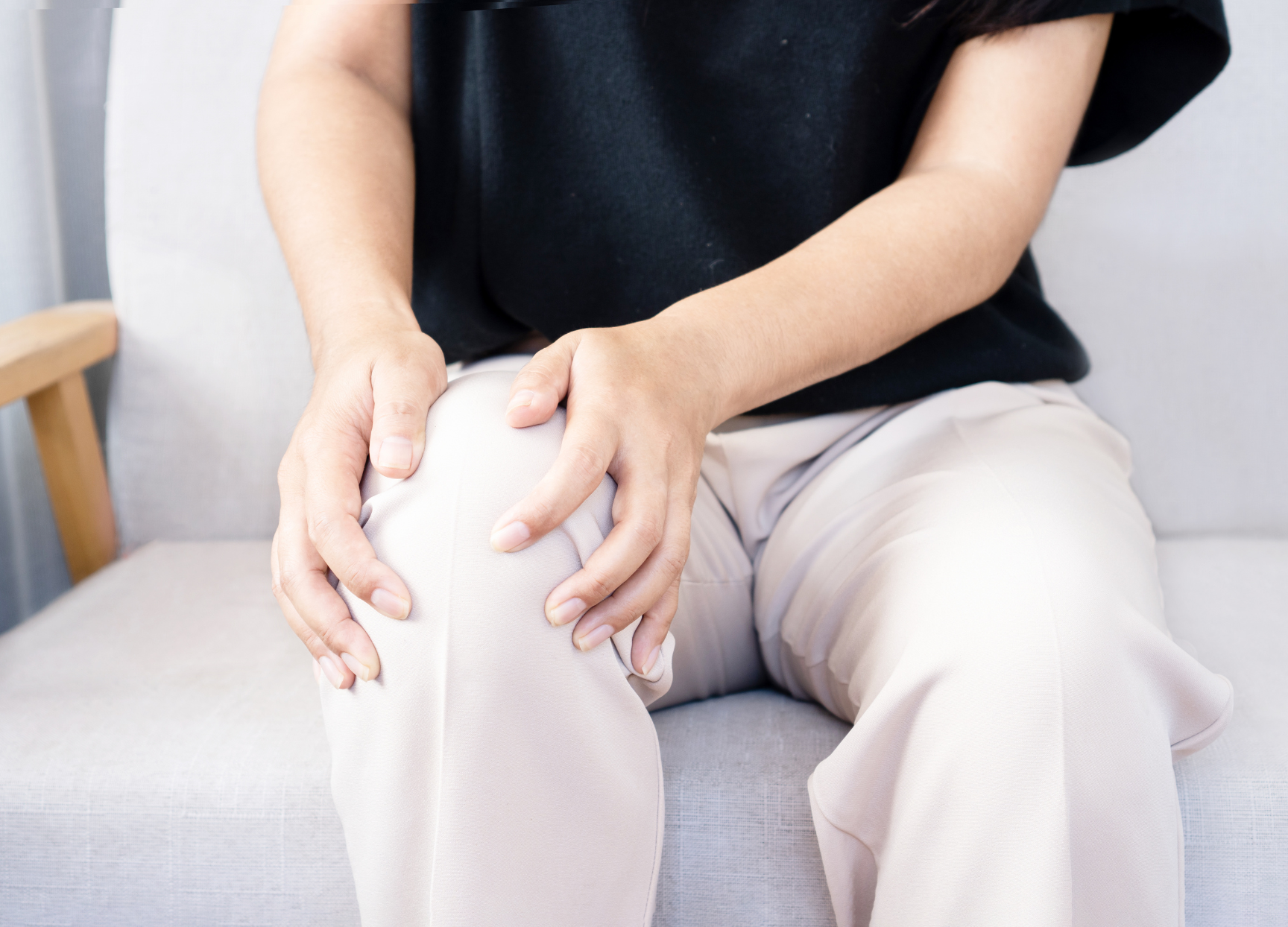There are multiple causes and risk factors associated with each type of bone disorder – ranging from genetics to environmental factors. However, while these can put you at an increased risk, it doesn’t necessarily mean that you will develop them.
Genetics
While rare, some bone disorders, like early-onset Paget’s disease, can be congenital.
Genetic factors tend to play more of a role as you age, with examples of this typically found when looking back through your family’s medical history.
While genetic bone disorders can include bone disorders like osteoporosis, it’s rarely related to just one gene. Typically, osteoporosis will be determined through polygenic inheritance, where one trait is controlled by multiple genes in the same way as your skin colour or height.
Genetics can put you at a higher risk of developing bone disorders but doesn’t guarantee that you will.
Ageing
When we age, the minerals within our bones naturally decrease. This leads to us having more fragile bones and lower bone density, elevating our risk of developing bone disorders.
Some people will not even know they have osteoporosis or other bone disorders until they are officially diagnosed or break/fracture a bone.
Osteomalacia is another type of bone disorder commonly associated with ageing. This occurs when your body is unable to metabolise vitamin D properly, causing your bones to become soft.
Sex
Women have a higher risk of developing osteoarthritis, osteoporosis and inflammatory arthritic bone diseases like RA. These bone conditions can cause inflammation of the joints, leading to stiffness and pain. Inflammatory bone disorders can also affect other areas of your body such as your lungs, eyes and skin.
The risk of men developing RA in their lifetime is 1.7%, compared to 3.6% in women. The reason behind this difference is not entirely understood. However, certain biological factors are believed to play a role. These include:
Childbirth
Hormonal changes, including menopause
Hypermobility (this can also occur in men but is more common in women)
Occupational risks
Your job can impact your life in many ways, but certain jobs can actually increase your risk of developing a bone disorder.
For example, jobs that are more physical or feature occupational hazards like stair climbing, lifting, kneeling and other repetitive movements could lead to bone disorders like arthritis.
Environmental factors
Exposure to specific environmental factors can impact your bone health; heavy metals, pollutants, nicotine and fungal toxins have all been shown to increase the risk of inflammatory bone disorders developing.
Infection
Certain bacterial and viral infections can sometimes lead to the development of bone disorders like rheumatoid arthritis.
Injury
Sometimes injuries can play a role in the development of certain bone disorders.
Bone injuries can increase your risk of developing osteoarthritis – and these don’t just have to be breaks either. They can be anything from dislocations to ligament tears or simply overusing the joint.
Other health conditions
Hormone-related disorders like diabetes can cause inflammation in the body which can then increase your risk of developing osteoarthritis.
When uncontrolled, diabetes can also cause your bones and joints to break down, again elevating your risk of conditions like osteoarthritis and osteoporosis.
